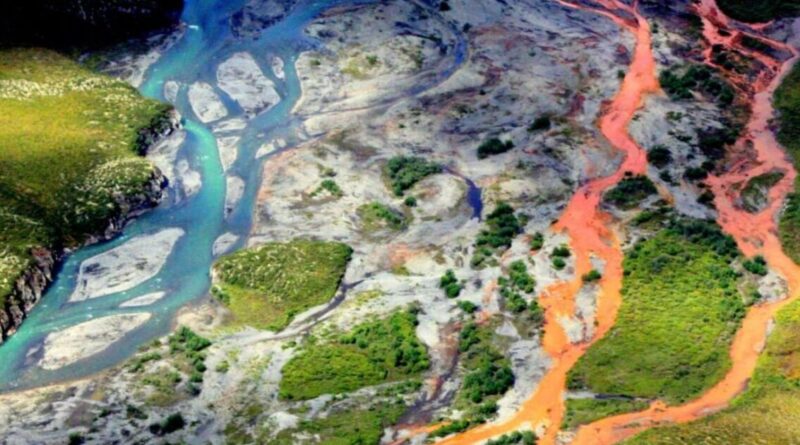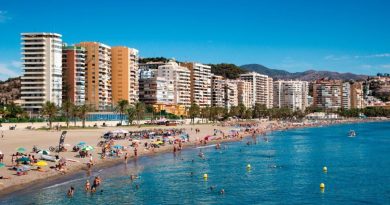Scientists ‘startled’ as beautiful river turns bright orange | World | News
Alaska’s rivers and streams are witnessing a shocking transformation of colours – switching from a pristine, clear blue to a rusty orange tone.
Unexpected fallout of toxic metals being discharged by the thawing permafrost is creating an unusual phenomenon, a recent study reports.
The research, by the University of California at Davis and the US Geological Survey, was caught off guard by these outcomes revealed from examinations they conducted at 75 individual spots spanning Alaska’s Brooks Range.
These water courses have been observed to lose their clarity and morph into a murky, orange hue within the past five to ten years, as detailed in the journal Communications: Earth & Environment.
What is believed to be causing these rivers’ discolouration and cloudy appearance are varying metals such as iron, zinc, copper, nickel, and lead, some already known for their toxicity in water ecosystem structures.
This is happening as the frozen soil features or ‘permafrost’, with an onset of thawing, expose the rivers and streams to metals that have been trapped and immobile underground for millennia.
“We’re used to seeing this in parts of California, parts of Appalachia where we have mining history. This is a classic process that happens in rivers here in the continental US that have been impacted for over 100 years since some of the mining rushes in the 1850s,” expressed Brett Poulin, a co-author of the study and a professor of environmental toxicology at UC Davis.
“But it’s very startling to see it when you’re on some of the most remote wilderness and you’re far from a mine source.”
Arctic soils naturally house organic carbon, nutrients and metals like mercury within their permafrost, according to the study.
Rising temperatures have led to these minerals and surrounding water sources merging as the permafrost melts. The Arctic is heating up at a rate four times faster than the rest of the globe, research shows.
“What we believe we’re witnessing is this thawing of soil that’s occurring more rapidly there than it would elsewhere,” Poulin explained. “It’s really an unexpected consequence of climate change.”
“In several of the locations where it happened, the most significant increases were between 2017 and 2018, coinciding with the warmest years on record at that time,” Poulin noted.
This discolouration has been associated with “dramatic declines” in aquatic life, sparking worries about how ongoing permafrost melting will impact communities dependent on these waterways for drinking and fishing.
Alaska isn’t the only place witnessing this unusual occurrence. A study published just a month before Alaskan researchers shared their findings, reveals that Colorado’s Rocky Mountains are experiencing similar effects due to factors including climate change.




